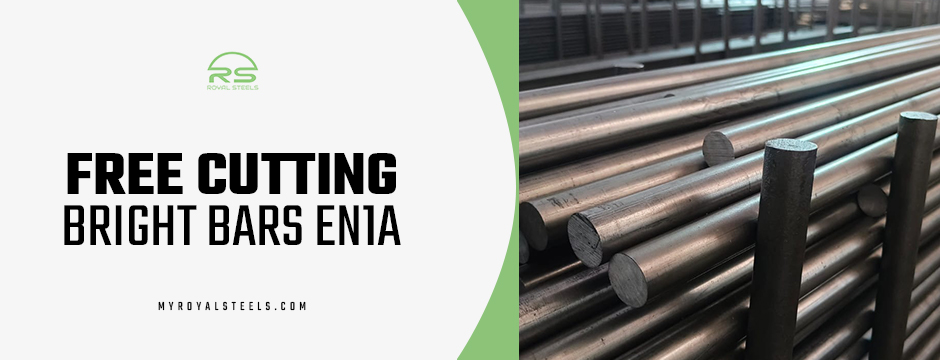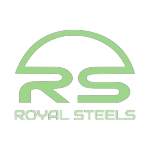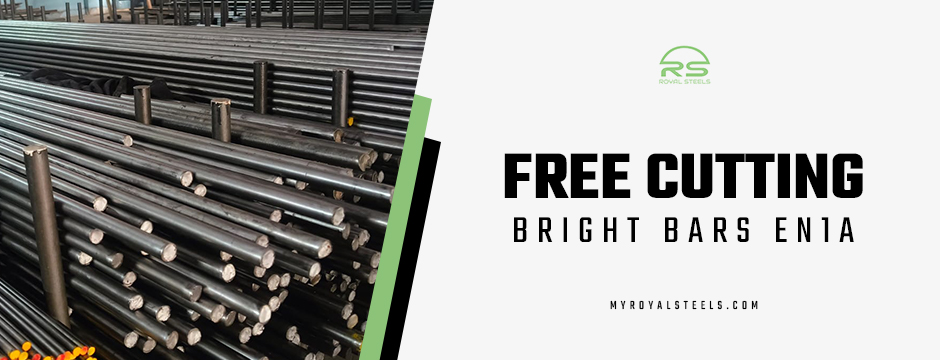In today’s fast-paced manufacturing landscape, precision and efficiency are not just desired—they are demanded. Industries such as automotive, aerospace, electronics, and medical device manufacturing rely heavily on materials that can meet tight tolerances and deliver consistent quality under demanding production environments. This is where the importance of choosing the right raw material becomes crucial.
Free-cutting bright bars, particularly EN1A grade, have emerged as a top choice among manufacturers for their outstanding machinability and dimensional accuracy. These bars are specially formulated to reduce tool wear, enhance cutting speeds, and maintain surface finishes that meet the highest industry standards. In this blog, we’ll delve deep into the characteristics, benefits, and applications of Free Cutting Bright Bars EN1A and why they are the go-to material for industries seeking flawless machining performance.
Explaining EN1A: What Makes it Different
EN1A is a low-carbon mild steel grade renowned for its excellent machinability, making it ideal for high-speed machining applications. Categorized under free-cutting steels, EN1A is typically supplied as Free Cutting Bright Bars EN1A, known for their smooth surface finish and dimensional accuracy. The improved machinability comes from its unique chemical composition, especially the addition of a small amount of sulfur, which enhances chip formation during cutting operations. This makes EN1A a preferred choice for producing precision components with tight tolerances.EN1A chemical composition:
- Carbon (C): 0.07% max
- Manganese (Mn): 0.90% max
- Sulfur (S): 0.20 – 0.30%
- Phosphorus (P): 0.07% max
The main feature that distinguishes EN1A from standard mild steel is the high sulfur content. The extra sulfur increases machinability by providing better lubrication to the cutting edge and reducing heat generated during cutting, allowing for higher speed operations.
Primary Characteristics of EN1A Free-Cutting Bright Bars
Unrivaled Machinability
EN1A is often referred to as the gold standard of machinability in mild steels. The chip-breaking benefits result in less clogging of tools, higher feed rate, and longer tool life. This translates to lower operational costs and higher throughput.
Dimensional Precision
These bars are cold-drawn with tight tolerances to ensure consistent dimensions across the entire bar. This is essential for CNC machining and automated production lines where consistent dimensions are mandatory.
Excellent Surface Finish
The bright finish of EN1A means there is no need for further processes like polishing or grinding, which is ideal for applications requiring appearance and a smooth surface.
Simple Threading and Turning
EN1A is particularly suitable for turning, drilling, and threading and as such is widely used for the manufacturing of fastener, part, and shaft components.
Cost-Effective
Based on ease of machining and less tool wear, EN1A is cost-effective over the long term despite its slightly higher cost than general mild steel.
Applications of EN1A Bright Bars in Precision Machining

Due to its unique properties, EN1A bright bars find applications in a wide range of industries:
- Automotive Components: Used for making precision-engineered fasteners, pins, bushings, and shafts.
- Electrical & Electronics: Ideal for making connectors, terminals, and intricate fittings.
- Medical Equipment: Utilised in components where fine tolerances and surface finish are critical.
- General Engineering: Used in machinery parts, gears, and coupling elements.
- Fastener Manufacturing: Its ability to undergo threading without breakage makes it a perfect material for screws, bolts, and nuts.
Machining Notes on EN1A Bright Bars
To facilitate the best machining experience with Free Cutting Bright Bars EN1A, consider the following machining notes:
- Carbide Tools: Using a carbide tool tends to provide a superior finish and withstands the heat.
- Coolants: Despite the lower heat generation of EN1A, using any water-based coolant will reduce tool wear.
- Speed & Feed Rate: High speeds and medium feed rates should create the best results because of the softness of the material.
- Weldability: EN1A should not be welded due to its high sulfur content, which will lead to cracking and poor weld quality.
Why EN1A is Perfect for CNC and Automated Machining?
In modern manufacturing, CNC (Computer Numerical Control) systems and automated machining centres dominate production lines due to their accuracy, repeatability, and efficiency. These environments require materials that can perform consistently across long production runs without causing tool wear or machine downtime—and EN1A free-cutting bright bars fit this requirement perfectly.
- Reduced Cycle Time: EN1A’s excellent machinability ensures smoother chip evacuation and reduced resistance during cutting, enabling machines to operate at optimal speeds. This significantly lowers cycle times and boosts productivity.
- Minimal Tool Wear: The material’s low carbon and added sulfur work together to create self-lubricating properties during cutting operations. This reduces friction and heat, extending the life of expensive CNC tools and inserts.
- High Repeatability: Consistency is key in automated systems. EN1A bright bars are manufactured with precise tolerances and uniform metallurgical composition, ensuring that each machined part meets exact specifications with minimal deviation.
- Ease of Programming: Because of the material’s predictable behaviour during machining, CNC programmers can use standard feeds and speeds without constant adjustment, making programming more efficient and reliable.
For manufacturers running high-volume CNC setups or automated production lines, EN1A offers a distinct edge in efficiency, cost, and product consistency.
End Thoughts
When it comes to high-performance, precision-oriented applications, Free Cutting Bright Bars EN1A offer a reliable, consistent, and cost-effective solution. Their superior machinability, excellent surface finish, and tight dimensional tolerances make them an industry favourite for everything from automotive components to electronic hardware.That’s where Royal Steels stands out. With a strong commitment to quality, consistency, and client satisfaction, we provide high-grade EN1A bright bars that meet stringent industrial requirements. Whether you need standard sizes or custom specifications, our solutions are tailored to your business needs.

